A Curious Kid’s Guide to Noticing and Wondering
Spark your thinking!
1. Set up your early SEL mini spark recording page: #13: Start an I wonder journal
2. Read the The steps for How to Write an “I Wonder…” Journal. When you are done write “I read steps 1-6 about how to write a journal entry!”
Step 1: Get Ready to Wonder. Before you start writing, get into a curious mindset. Your goal is to notice something interesting and ask questions about it. Think: “What’s something I saw or felt today that made me curious?” or “Did anything surprise me or seem strange?”
Step 2: Choose Something Interesting. Pick something from your day that stood out to you. It can be: Something you saw (like a bird, cloud, or a strange bug), A feeling you had (like nervousness, excitement, or confusion) or An interaction (a moment between you and someone else) Something new (a tool, toy, food, word, etc.)
Examples: A squirrel carrying a huge stick, The way my heart raced before my class speech, Why my dog tilts her head when I talk or A weird dream I had last night
Step 3: Start with “I wonder…” Now write a sentence that begins with: I wonder… Use this to ask a question or show your curiosity.
Examples: I wonder how birds know which way to fly during migration, I wonder why I felt so nervous before presenting or I wonder what my dog is thinking when she stares at me.
Step 4: Add Details and Ideas. After your “I wonder” sentence, write 3–5 more sentences that: Describe what you noticed, Explain why it caught your attention or Share your thoughts, guesses, or feelings
Example:
I wonder why some squirrels have darker fur than others. I saw one today with almost black fur, while others are light brown. Maybe it helps them hide in different places. I also wonder if it depends on where they live. I want to look it up in a book or ask my teacher.
Step 5: Ask Another Question (Optional)
If you’re still curious, ask another “I wonder…” question at the end.
This keeps your thinking going and shows you’re open to learning more.
✅ Step 6: Reread and Check
Make sure your journal:
✔ Starts with “I wonder…”
✔ Talks about something real and specific
✔ Includes your thoughts, ideas, or feelings
✔ Is written clearly with full sentences
🧠 Helpful Starters:
- I wonder why…
- I noticed that…
- This made me think…
- I started to feel…
- Could it be because…
- I want to know more about…
5. Share your SEL mini spark recording page with your teacher or the EY coordinator in your building
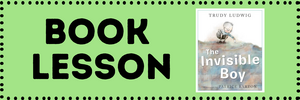
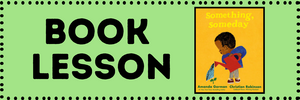 Sometimes the world feels broken. And problems seem too big to fix. But somehow, we all have the power to make a difference. With a little faith, and maybe the help of a friend, together we can find beauty and create change.
Sometimes the world feels broken. And problems seem too big to fix. But somehow, we all have the power to make a difference. With a little faith, and maybe the help of a friend, together we can find beauty and create change. recording page. Record your ideas on the flower.
recording page. Record your ideas on the flower.
 This deep breathing technique is at the core of many mindfulness and relaxation practices. It may take a lot of practise to get right, but it is well worth the effort!
This deep breathing technique is at the core of many mindfulness and relaxation practices. It may take a lot of practise to get right, but it is well worth the effort!
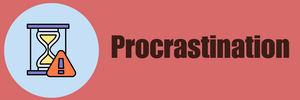
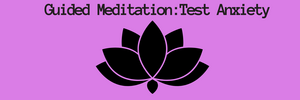
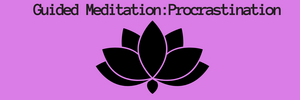 What is procrastination? According to the Merriam-Webster dictionary, procrastination means “to put off intentionally the doing of something that should be done.” Do you ever procrastinate? Sal from Khan Academy has recorded a few short meditations to help with this problem.
What is procrastination? According to the Merriam-Webster dictionary, procrastination means “to put off intentionally the doing of something that should be done.” Do you ever procrastinate? Sal from Khan Academy has recorded a few short meditations to help with this problem.

